Sidney D'Mello
Multimodal Engagement Analysis from Facial Videos in the Classroom
Jan 22, 2021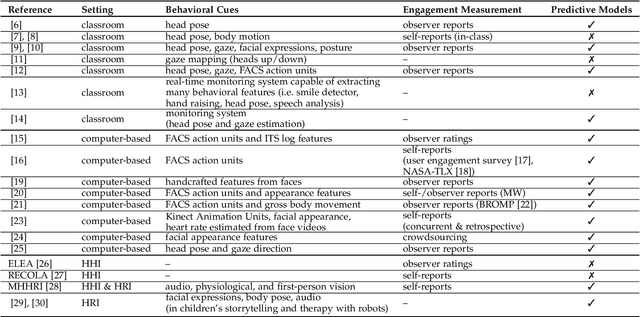

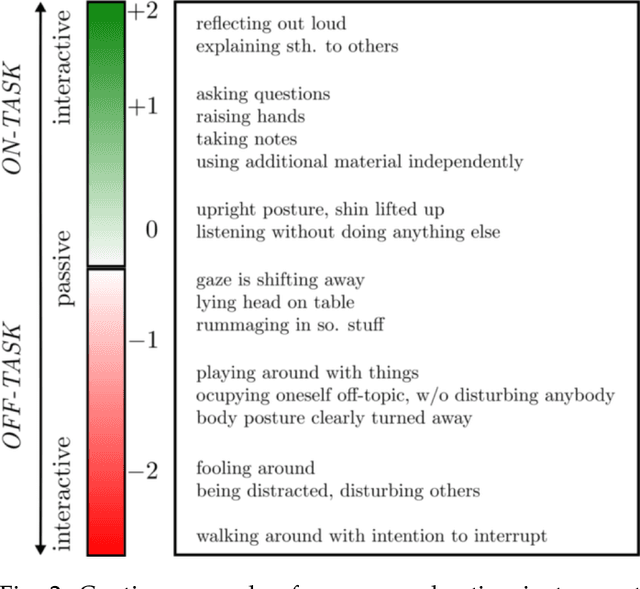

Abstract:Student engagement is a key construct for learning and teaching. While most of the literature explored the student engagement analysis on computer-based settings, this paper extends that focus to classroom instruction. To best examine student visual engagement in the classroom, we conducted a study utilizing the audiovisual recordings of classes at a secondary school over one and a half month's time, acquired continuous engagement labeling per student (N=15) in repeated sessions, and explored computer vision methods to classify engagement levels from faces in the classroom. We trained deep embeddings for attentional and emotional features, training Attention-Net for head pose estimation and Affect-Net for facial expression recognition. We additionally trained different engagement classifiers, consisting of Support Vector Machines, Random Forest, Multilayer Perceptron, and Long Short-Term Memory, for both features. The best performing engagement classifiers achieved AUCs of .620 and .720 in Grades 8 and 12, respectively. We further investigated fusion strategies and found score-level fusion either improves the engagement classifiers or is on par with the best performing modality. We also investigated the effect of personalization and found that using only 60-seconds of person-specific data selected by margin uncertainty of the base classifier yielded an average AUC improvement of .084. 4.Our main aim with this work is to provide the technical means to facilitate the manual data analysis of classroom videos in research on teaching quality and in the context of teacher training.
Jointly Predicting Job Performance, Personality, Cognitive Ability, Affect, and Well-Being
Jun 10, 2020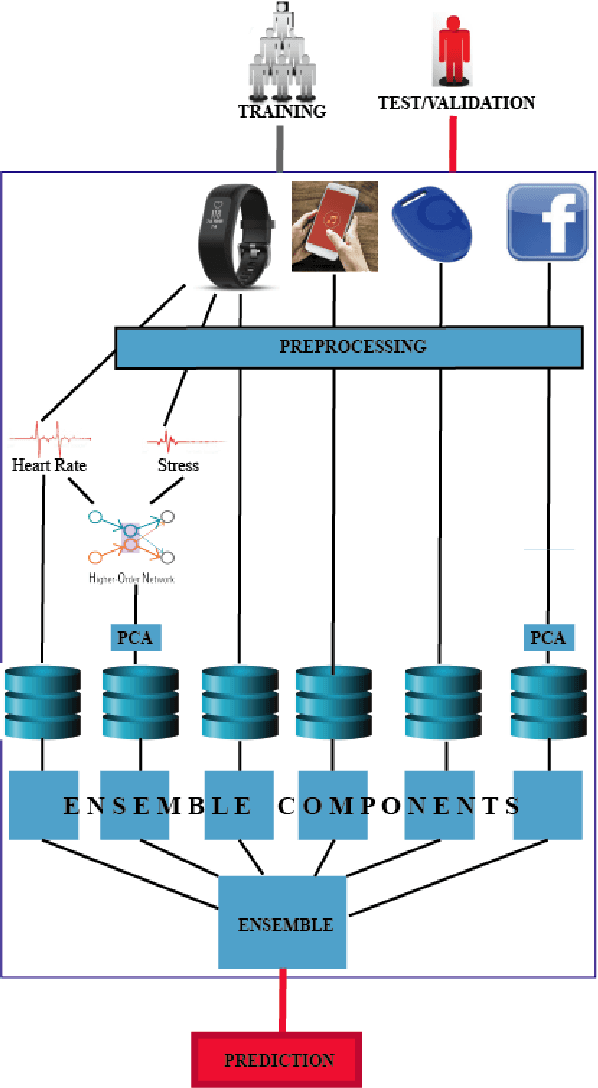
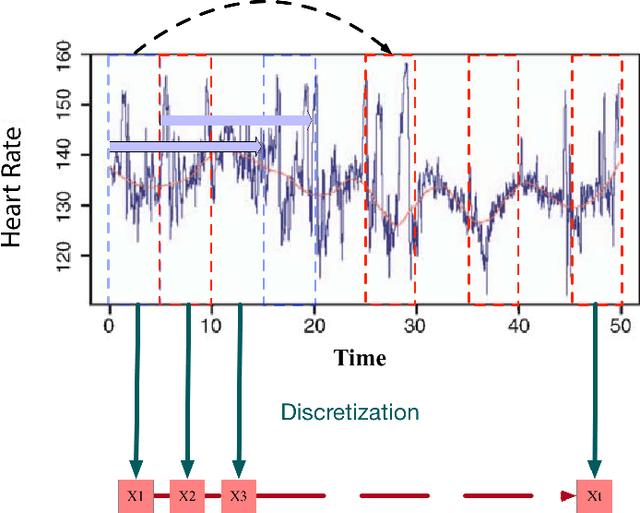
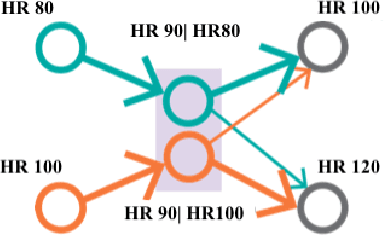
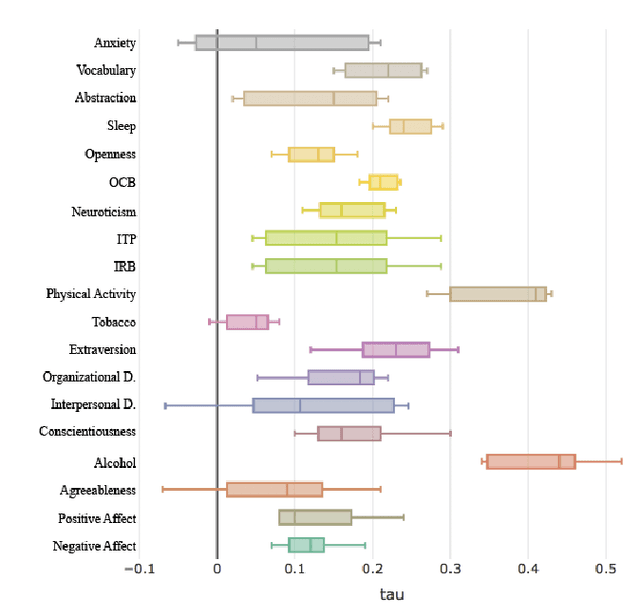
Abstract:Assessment of job performance, personalized health and psychometric measures are domains where data-driven and ubiquitous computing exhibits the potential of a profound impact in the future. Existing techniques use data extracted from questionnaires, sensors (wearable, computer, etc.), or other traits, to assess well-being and cognitive attributes of individuals. However, these techniques can neither predict individual's well-being and psychological traits in a global manner nor consider the challenges associated to processing the data available, that is incomplete and noisy. In this paper, we create a benchmark for predictive analysis of individuals from a perspective that integrates: physical and physiological behavior, psychological states and traits, and job performance. We design data mining techniques as benchmark and uses real noisy and incomplete data derived from wearable sensors to predict 19 constructs based on 12 standardized well-validated tests. The study included 757 participants who were knowledge workers in organizations across the USA with varied work roles. We developed a data mining framework to extract the meaningful predictors for each of the 19 variables under consideration. Our model is the first benchmark that combines these various instrument-derived variables in a single framework to understand people's behavior by leveraging real uncurated data from wearable, mobile, and social media sources. We verify our approach experimentally using the data obtained from our longitudinal study. The results show that our framework is consistently reliable and capable of predicting the variables under study better than the baselines when prediction is restricted to the noisy, incomplete data.
 Add to Chrome
Add to Chrome Add to Firefox
Add to Firefox Add to Edge
Add to Edge